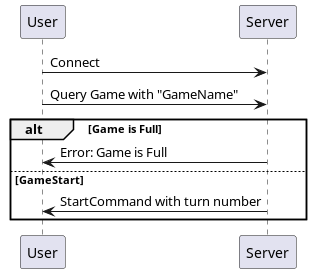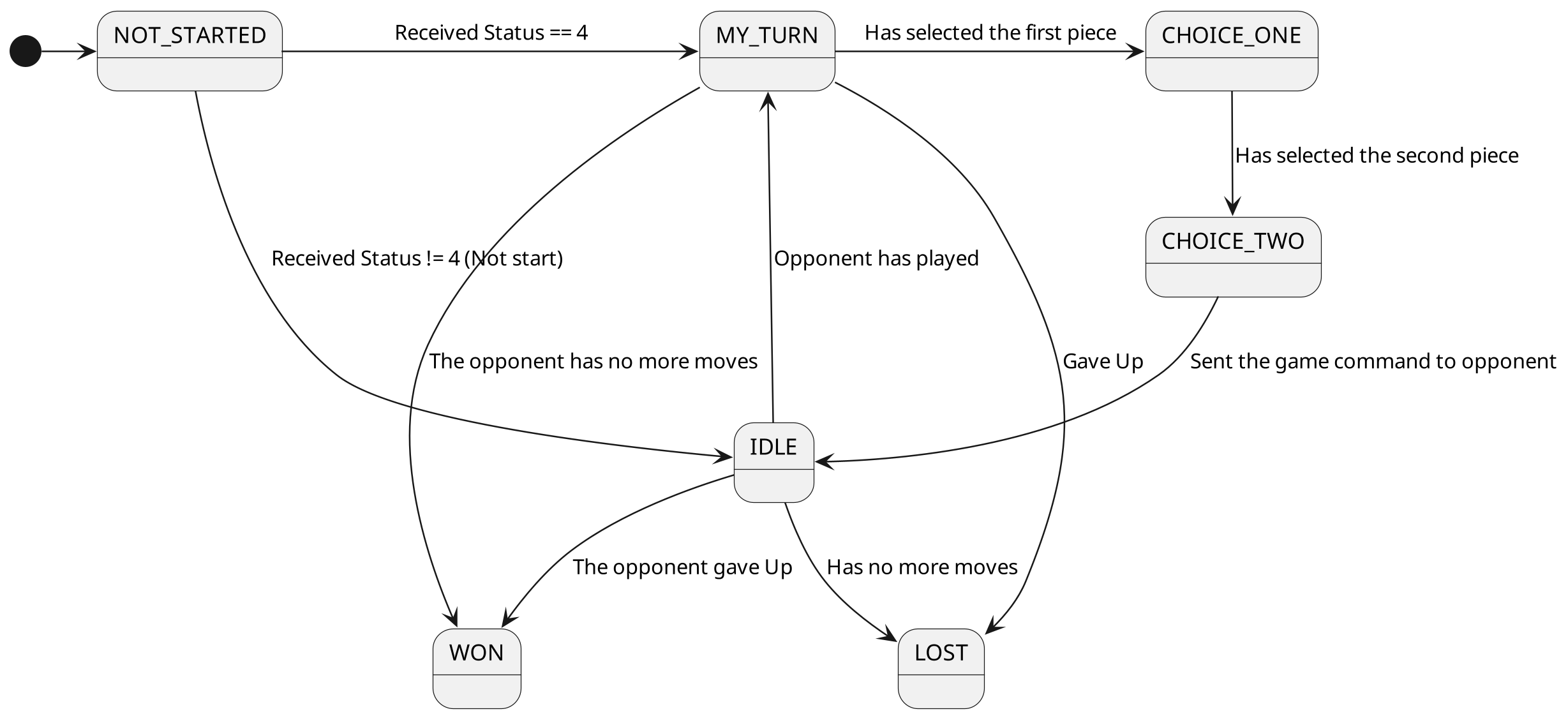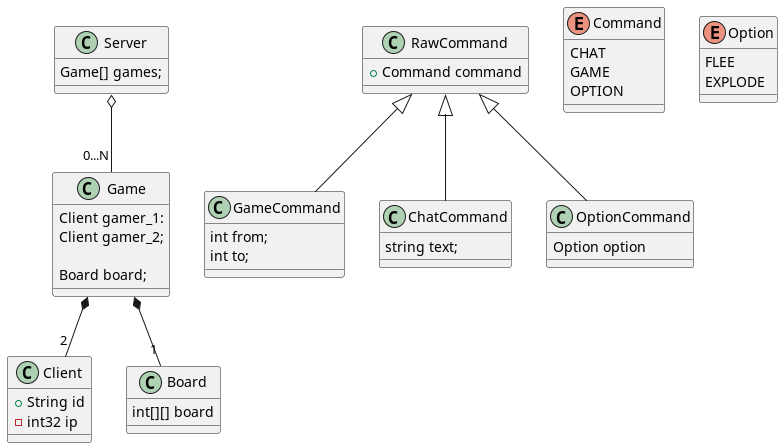This is an implementation of the game Solitaire, named as "One Left Game" in this application. Is used QT5 and RPC calls to achieve communication.
To use RPC call, we needed the Packeage rpclib in https://github.com/rpclib/rpclib.
The code is separated in 3 sections, the Server code, which consists of the socket Vbase usage
and the client connection phase, working as a proxy to all games commands. Then we have the Client
consisting of the base socket usage and the GameStateMachine the one which controls the
game flow, make the calls to the underlying implementation of sockets. Finally, we have
the UI code, which is what the Client see and plays.
- Arch Based:
sudo pamac install qt5-base
sudo pamac build rpclib
If it doesn't work with install, use build.
- Debian Based:
> sudo apt-get install build-essential qtbase5-dev qt5-qmake cmake
To use RPC lib, is necessary to build from source: Github: git@github.com:rpclib/rpclib.git
Follow these steps to build and set lib in /usr/local/*
> cmake -S . -B build
> cd build && make
> sudo cp librpc.a /usr/local/lib/
> cd .. && sudo cp -r include/rpc /usr/local/include> cmake -S . -B build
> cd build && makeIf the cmake returns error of versions, you can easily downgrade for VERSION 3.22, or any that is compatible to
your setup, in CMakeLists.txt.
To run (inside "build" dir):
> ./one_left server; # Starts the server
> # On other terminal, or console
> ./one_leftDon't.
Maybe the qt5 is POSIX, and maybe it can be easily installed with some tweaks to the Mac. But Apple is not the developer problem, so you should stick to linux.
To make the control via sockets, was created a protocol-like interface between clients.
The overall structure of the protocol looks like this:
0 1 2 3 4 5 6 7 8 9 0 1 2 3 4 5 6
+-+-+-+-+-+-+-+-+-+-+-+-+-+-+-+-+
| Command | DATA |
+-+-+-+-+-+-+-+-+-+-+-+-+-+-+-+-+
| DATA | DATA |
+-+-+-+-+-+-+-+-+-+-+-+-+-+-+-+-+
| ... | ... |
But before any client can communicate with each other, they need to "ask for a game room" to the server.
Server:
- Read 255 Bytes for the game room name
- Put client in a waiting list
- After second client has requested the same Game Room, send both of then an
accept commandif the client begins the play, then is sent a 4 in the accept command byte, if not, is sent 1. If there's any problem with the connection, is sent aNULLbyte, so the client knows there's some error.
Client:
- Sends a game room request for the client with the desired name
- Receives
accept commandas response and starts with the state as the accept byte says.
So, when everything is okay, a co-worker thread runs beside UI, so it can read the data from the server.
The overall states that the client can have looks like this:
Below there's all the commands that can be sent by the client to the server.
Read 1° Byte as Command Type:
1: GAME
0 1 2 3 4 5 6 7 8 9 0 1 2 3 4 5 6
+-+-+-+-+-+-+-+-+-+-+-+-+-+-+-+-+
| From_X | From_Y |
+-+-+-+-+-+-+-+-+-+-+-+-+-+-+-+-+
| To_X | To_Y |
+-+-+-+-+-+-+-+-+-+-+-+-+-+-+-+-+
2: CHAT
0 1 2 3 4 5 6 7 8 9 0 1 2 3 4 5 6
+-+-+-+-+-+-+-+-+-+-+-+-+-+-+-+-+
| LEN | LEN * Bytes....
+-+-+-+-+-+-+-+-+-+-+-+-+-+-+-+-+
So the next LEN bytes will be plain UNICODE text.
4: OPTIONS
0 1 2 3 4 5 6 7 8
+-+-+-+-+-+-+-+-+
| OPT |
+-+-+-+-+-+-+-+-+
For the option, we have implemented only one, "FLEE", but is open to more 255 options!
The class diagram looks something like this:


